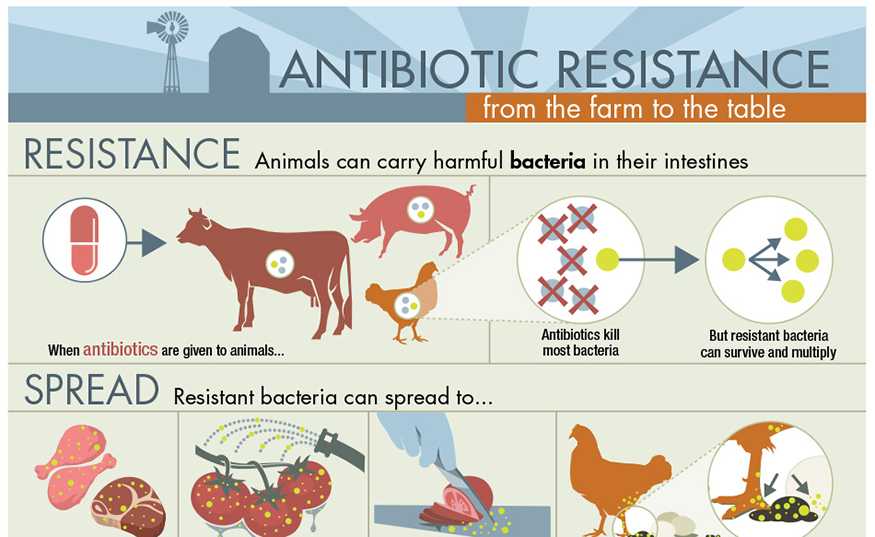The National Antimicrobial Resistance Monitoring System for Enteric Bacteria (NARMS) was established in 1996. NARMS is a collaboration among state and local public health departments, CDC, the U.S. Food and Drug Administration (FDA), and the U.S. Department of Agriculture (USDA). This national public health surveillance system tracks changes in the antimicrobial susceptibility of certain enteric (intestinal) bacteria found in ill people (CDC), retail meats (FDA), and food animals (USDA) in the United States. The NARMS program at CDC helps protect public health by providing information about emerging bacterial resistance, the ways in which resistance is spread, and how resistant infections differ from susceptible infections.
Spotlight

CDC’s antibiotic resistance investment map provides state-by-state information on funding to combat antibiotic resistance in multiple areas, including food safety.

The mcr-1 gene conferring colistin resistance has been discovered in two U.S. E.coli samples. More information

- Page last reviewed: January 20, 2017
- Page last updated: January 20, 2017
- Content source:


 ShareCompartir
ShareCompartir




